Silk Road Tour via Kham Tibet
This 12 days Western China Silk Road tour is unique tour which includes both Tibetan Plateau as well as the ancient Silk Road. Traveling from Xining to Yushu then to Dunhuang and ends in Zhangye.
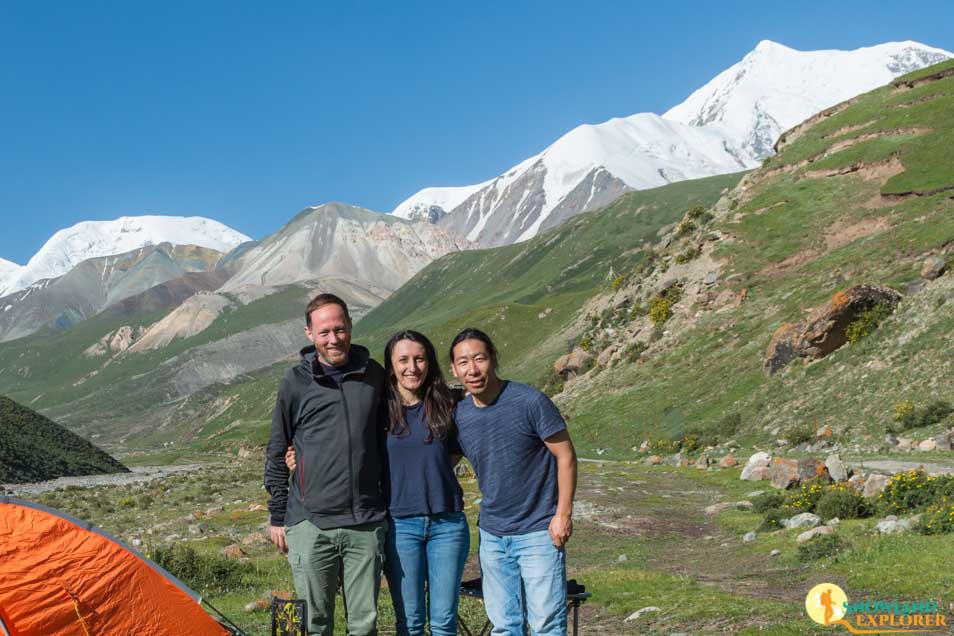
Our camping group at the bottom of Mount Amnye Machen

Day 1: Arrive in Xining [2270m]
Once you arrive Xining, you have two options:
1). You can rest in your hotel if you feel the altitude.
Arrive Xining by plane or train. Xining is the capital city of Qinghai Province in western China, traditionally belongs to Amdo Tibet. Our guide and driver will pick you up and transfer to your hotel.
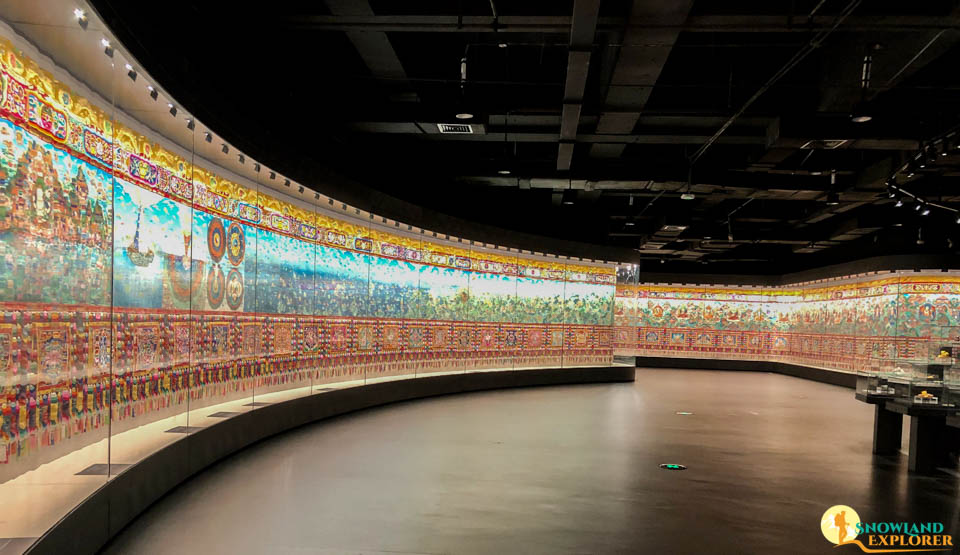
2). If you are up to explore Xining and time permits, we can take you to one of Xinining’s best travel attractions - Qinghai Tibetan Medical and Cultural Museum.
The Tibetan Medicine and Cultural Museum which is located in the north skirt of Xining city. Tibet Medicine and Cultural Museum is the most authentic and by far the largest Tibetan museum and Tibet cultural learning center in the world. The museum consists of 2 buildings. The first building is to display Tibetan medical items including Tibetan Medicine History Hall, Tibetan Medicine Thangka Hall, External Therapy Tools Hall, Tibetan Medicine Classical Literature Hall, Tibetan Medicine Specimen Hal. The second building is to display Tibetan Culture. religion and history. One of the highlights of the second building is the 4th-floor Thangka, Display Hall. There is the world’s longest painting art which is 618meters long and 2.5 meters in width. This earned the World Guinness Record.
Day 2: Xining – Khamra(Kanbula) – Gui’de / Trika [2205m] 350km 6 hours
In the morning drive out to Trika via Khamra national park. and you will reach a forest and now you are already inside Kanbula Park. Before continue to drive up on the mountain, you have an option to visit a hidden nunnery by turning left down to the narrow valley, the nunnery called Achung Namdzong Nunnery which once became one of the most important meditation centers in Amdo Tibet. It is surrounded by steep high red clay mountains which also called Danxia style earth formation. Afterward, continue to to drive up on the mountain to have a panoramic view of Kanbula Park, Danxia Red clay mountains, and an Artificial lake formed by Yellow River Hydropower Station. Then drive downwards to Trika and Trika is one of the lowest towns in Qinghai Province in the northwest of China. It is also known as the cleanest part of the Yellow River. Yellow River is greener than Yellow in this part of the stream. Visit Jokhang Temple in the morning, a small temple named after the Buddha’s statue inside in the main temple.
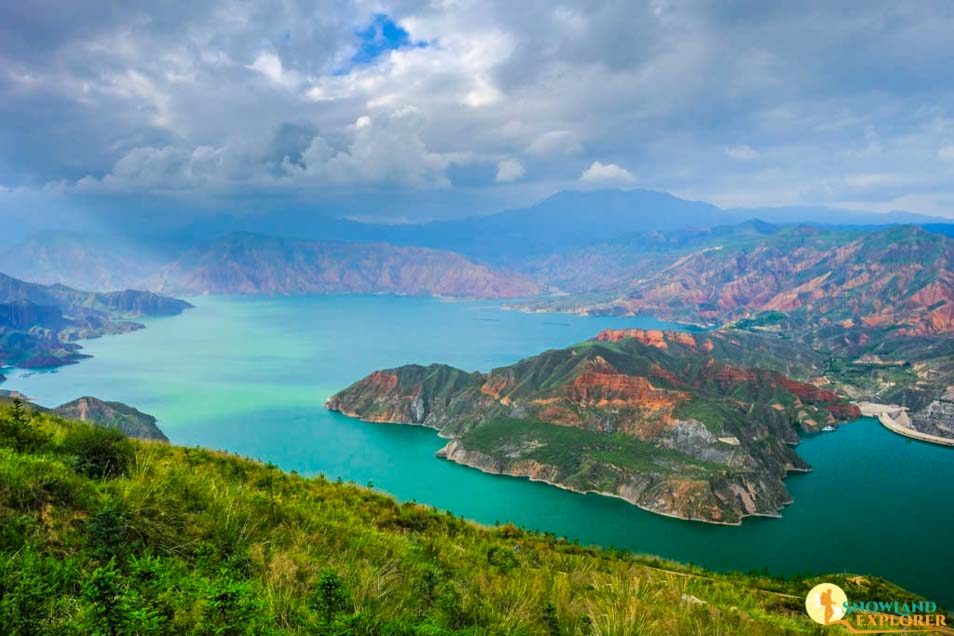
Day 3: Gui’de – Ragya Monastery - Machen [3700m] 340km 5-6 hours
Head out to Machen, the capital of Golok Tibetan Prefecture, the most rugged area in all of Amdo. Watch rolling green hills turn into snow mountains. Along the way, stop off at Ragya Monastery, a branch of Sera Monastery in Tibet Autonomous Region. Ragya is located at an open red clay valley on the Yellow Riverside. There is a half-hour circumambulation path around the monastery that you can go with local pilgrims. Stay overnight in Machen.
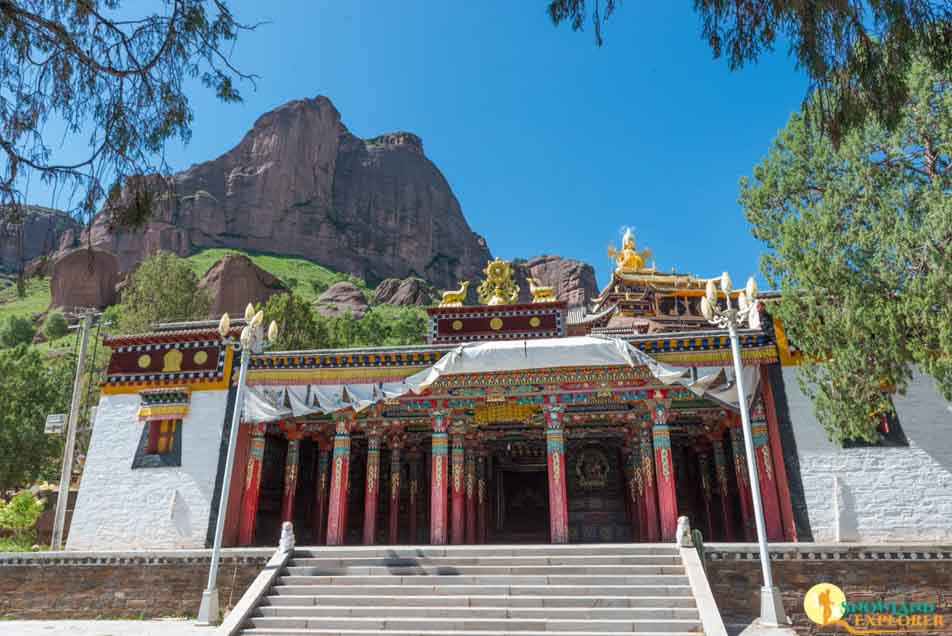
Day 4: Machen – Mt Amnye Machen – Jyekundo [3710m] 410km 5-6hours
Drive to Jyekundo via Mt Amnye Machen. Mt. Amnyi Machen is one of the main holy mountains in Tibet, it is revered in both Tibetan Buddhism and Bon religion as the chief indigenous deity Machen Bora of Amdo Tibet. The existence of this huge mountain results in one of the great bends of the yellow river. We will stop at bottom of this majestic snow mountain, walk to the Halong glacier or hike up to a mountain opposite it to have a panoramic view of Mount Amnye Machen.
After arriving Jyekundo, visit Jyekundo Monastery. hike or drive up to Jyegu monastery, located on a hill behind the town. And it was a Bon monastery originally and later converted to Kagyu and now it is a Sakya monastery, the monastery was completely destroyed during the earthquake in 2010. now the reconstruction is almost done. Overnight in Jyekundo.
Day 5: Yushu or Jyekundo Explore [3670m]
In the morning visit Nambar Nangzel or Wencheng Temple of Tragu monastery located 20km outside Jyekundo. The temple offers a Maha Varocaina Statue. According to the Buddhist interpretation, this statue has equivalent blessing effects to the Buddha Sakyamuni Statue in Jokhang Temple in Lhasa. Afterward, drive back to town and visit Jyeku monastery on the hilltop behind the town and Gyanak Mani Stones at the end of town. Jyeku monastery had been the site of an ancient Bon temple before Kagyupa temples were built alongside it. Then when Dragon Phakpa passed through in the course of his travel in 1268. He consecrated the site for the construction of a Sakya tradition monastery. Today Jyeku Monastery consists with 16 temples and home to more than 500 monks. Then visit Gyana Mani Stone Pile which is the largest Mani Stone in the world, therefore, it received a Guinness World Records. Mani stones feature carved and painted Tibetan Buddhist mantras. At the Mani Stone Pile, mountains of rocks are stacked upon each other, and carvers sell mani stones nearby if you’d like to contribute to the pile. Pilgrims come from all over to circumambulate the stones. Overnight in Yushu
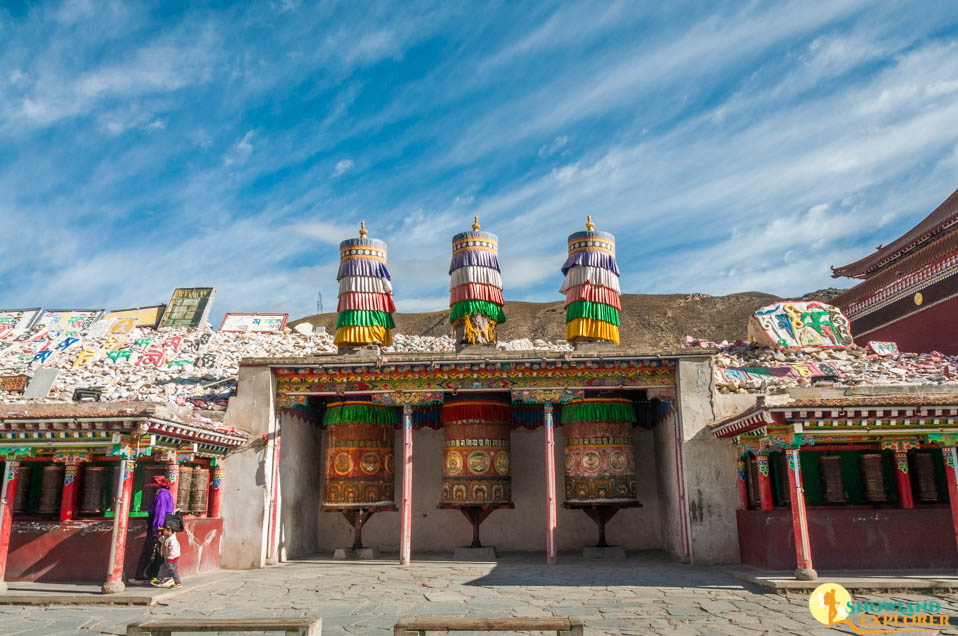
Day 6: Jyekundo – Rongbo Marshland – Chumarlab 4100m [230km] 4 hours
Drive to Chumarleb via Rongbo black-necked crane natural reserve, Rongbo Wetland is also an important stopover site for migrating black-necked cranes bound for other breeding sites in Qinghai and perhaps Gansu Province. Rongbo black necked crane national reserve is one of the areas where the cranes take breeding during the summer months on the Tibetan plateau.
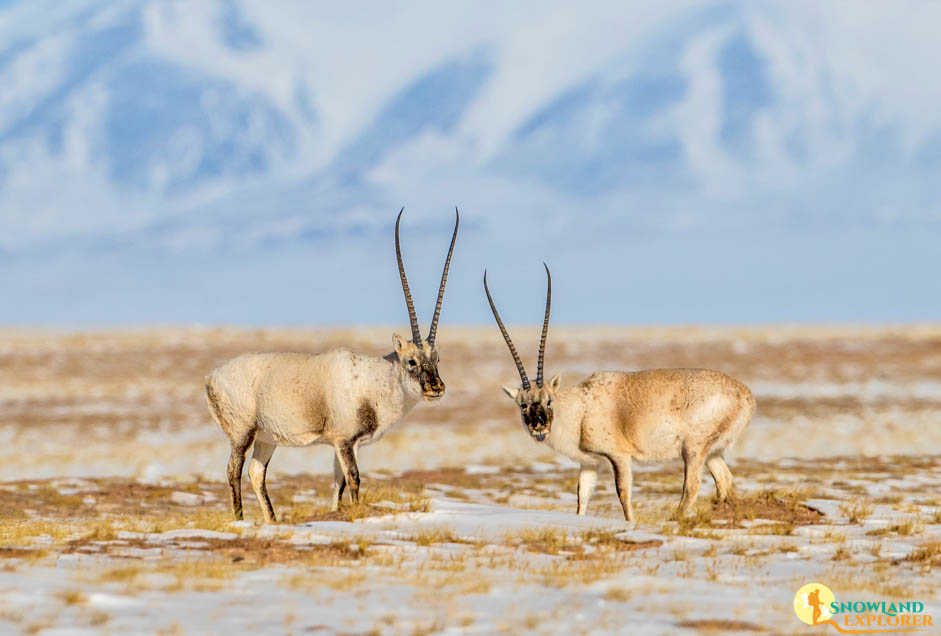
Day 7: Chumarlab – Budongquan 3900m [315km] 7 hours
Drive to Budongquan through the three river’s source natural reserve. From Chumarlab you will probably encounter most of the wildlife of the Tibetan plateau including Wild Yaks. Tibetan sand fox and wolfs are also found in this area of Tibet. Wild yaks consist of treeless uplands between 3,000 and 5,500 m (9,800 and 18,000 ft). Tibetan antelopes also find here as they are migrating from northern TAR to this region in August every year.

Day 8: Budongquan – Yuzhufeng Snow Peak - Golmud [2780m] 280km 5 hours
Drive to Wild yak valley near Yuzhu peak. Wild yak valley is an area where a lot of wild yaks can be found in early May or late September. Especially near the Xiwangmu lake. Afterward We will spend the whole first half day looking for wild yaks and photograph this amazing creature in the valley. We will start heading back to Golmud in the late afternoon, spend the night in Golmud.
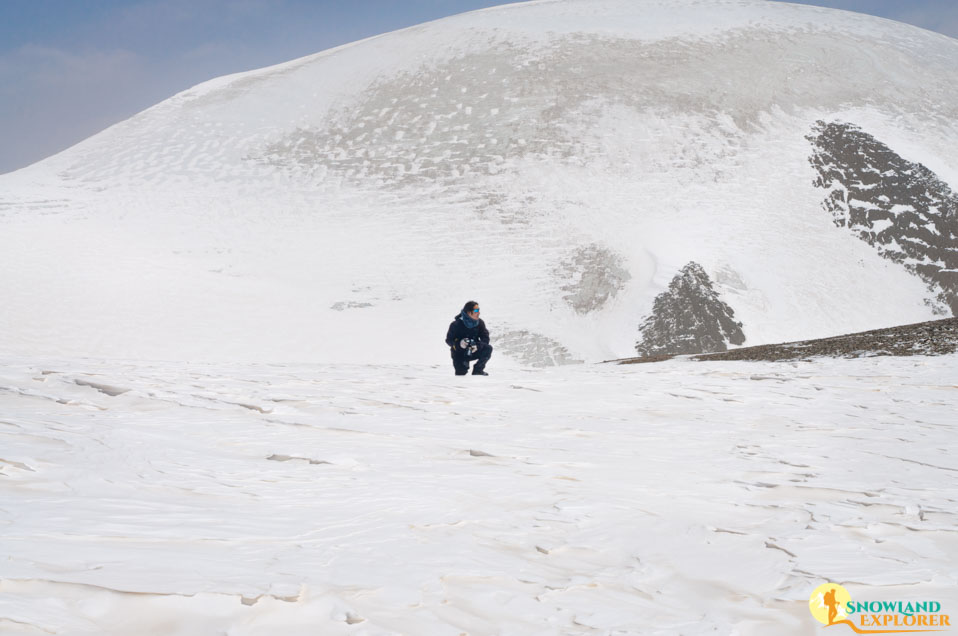
Day 9: Golmud - Dunhuang 530km / 8 hours
In the morning, Drive to Dunhuang via Yadan Landform. The Yadan Landform Devil City is located on the northern edge of the Qaidam Basin on the Qinghai-Tibet Plateau. It is a landform combination consisting of a series of intermittently extending long mounds of pits and concave grooves. It is called a Yadan landform by geologists. This piece of Yadan is also very beautiful and magnificent, and because it is widely distributed on both sides of the highway, it has not been commercialized and is very original. Although the devil city is on both sides of the highway, it is also a no-man’s land. It is very desolate and looks far away. The mounds are strangely shaped. At night, it resembles remorse in hell. Whenever a strong wind rises, it makes people cry like a complaint. Creepy, because the local rocks are rich in iron and the geomagnetism often causes the compass to fail, leading to loss of direction. Stay overnight in Dunhuang.
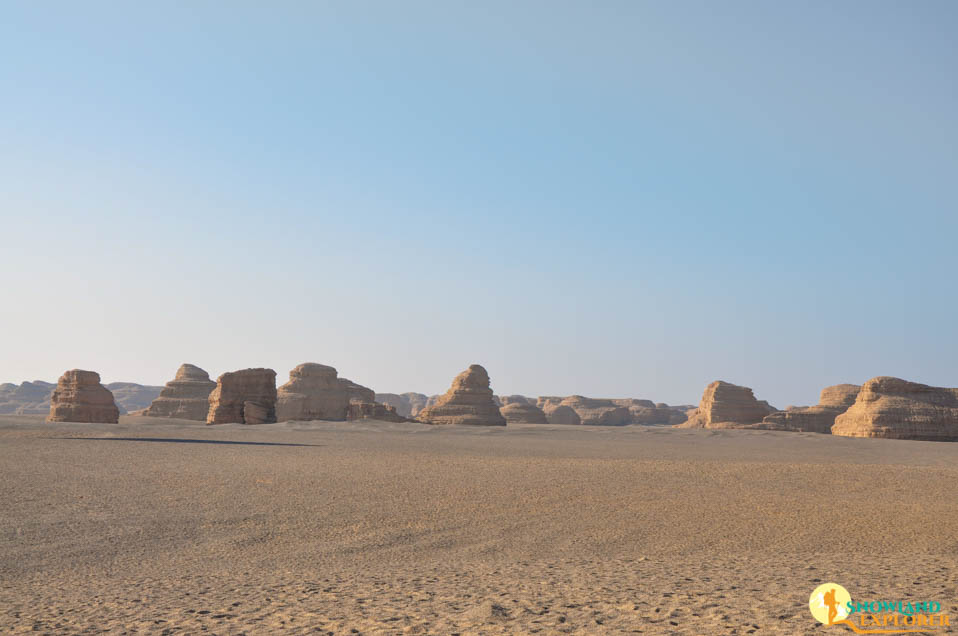
Day 10: Dunhuang Explore [1200m]
In the morning, Visit Mogao Cave, also spelled Mogo Cave, The remarkable Mogao Caves is a collection of nearly 500 caves in the cliffs to the south of the city, contain the largest depositary of historic documents along the Silk Roads and bear witness to the cultural, religious, social and commercial activity that took place in Dunhuang across the first millennium. The city changed hands many times over its long history, but remained a vibrant hub of exchange until the 11th century, after which its role in Silk Road trade began to decline.
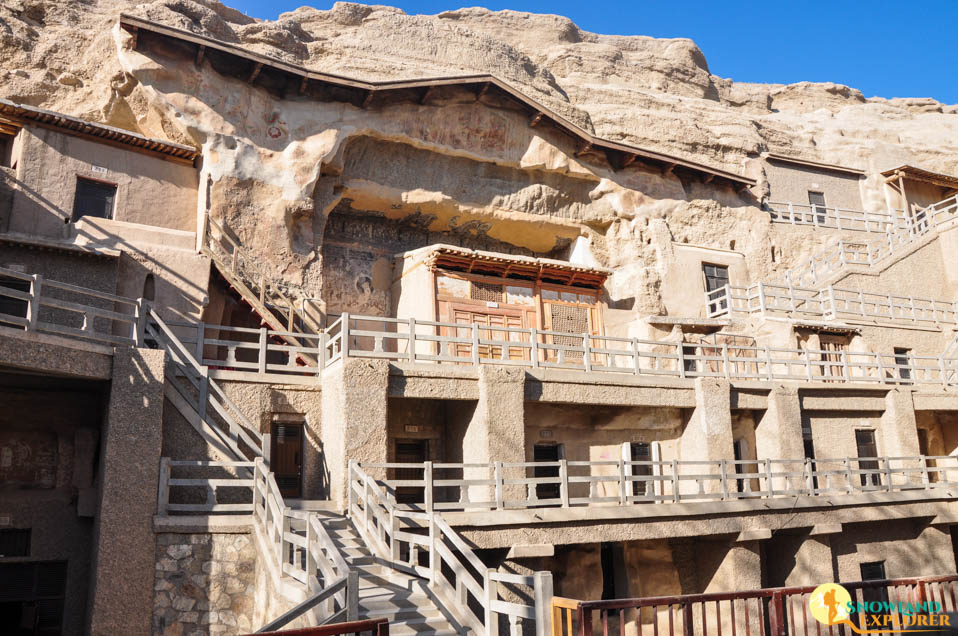
Afterward, visit Mingsha mountain and crescent lake. The Mingsha Mountain and Crescent Lake Nature Park is a popular attraction in Dunhuang to explore stunning desert scenery and take part in exciting sand dunes activities. The park consists of the Mingsha Mountain and the Crescent Lake surrounded by dunes of the Mingsha Mountains. Dunhuang is also known as Shazhou (Town of Sand) in ancient time. This is how it gained the name. Stay overnight in Dunhuang.
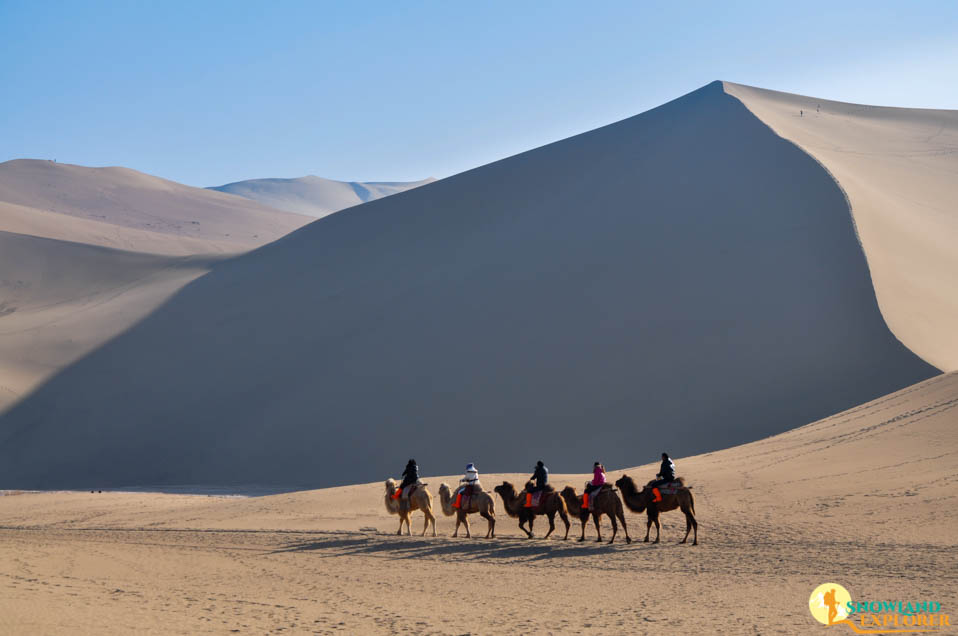
Day 11:Dunhuang - Jiayuguan - Zhangye [1483m] 580km 9 hours
In the morning drive to Zhangye via Jiayuguan. visit the Jiayuguan Fort. Wander on the ancient Great Wall, and feel the heartbeats of the “first pass under heaven”. Then stroll to visit the Great Wall Museum where you will learn about history of Jiayuguan and the Great Wall itself. Afterward continue drive to Zhangye. Overnight in Zhangye.
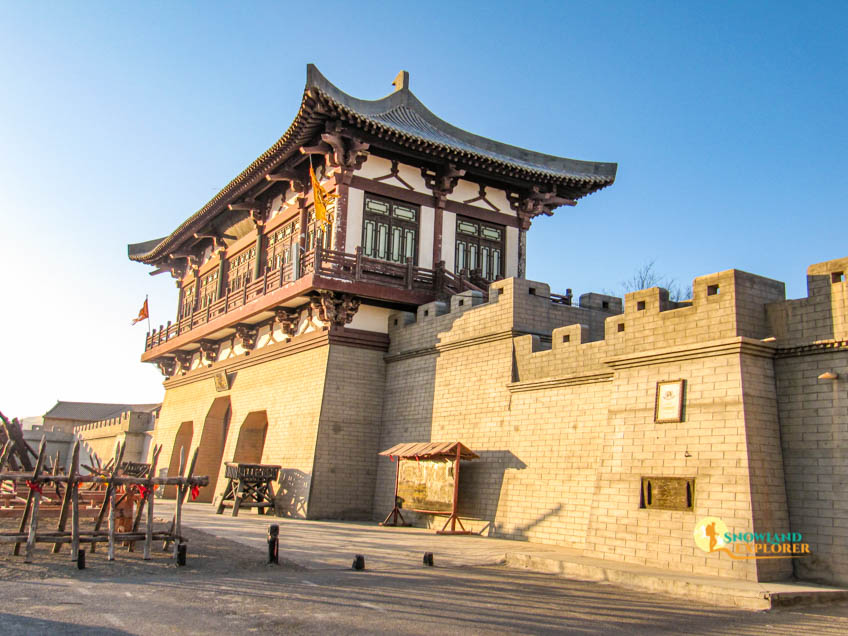
Day 12: Explore The historical city of Zhangye
In the morning, visit Zhangye Danxia Geopark, also called Zhangye Rainbow Mountain Park. Zhangye Danxia Geopark is known for the unusual colors of the rocks and mountains, Most of the land is formed by red clay but there are also straps of other colors which made the whole region so colorful and unique. They are the result of deposits of sandstone and other minerals that occurred over 24 million years. was tilted by the action of the same tectonic plates responsible for creating parts of the Himalayan mountains. Wind, rain, and time then sculpted extraordinary shapes, including towers, pillars, and ravines, with varying colors, patterns, and sizes. The whole park extends from Qilian Mountain to the Hexi Corridor which is one of the ancient trading routes. Then drive back and visit Mati Si Temple after lunch.
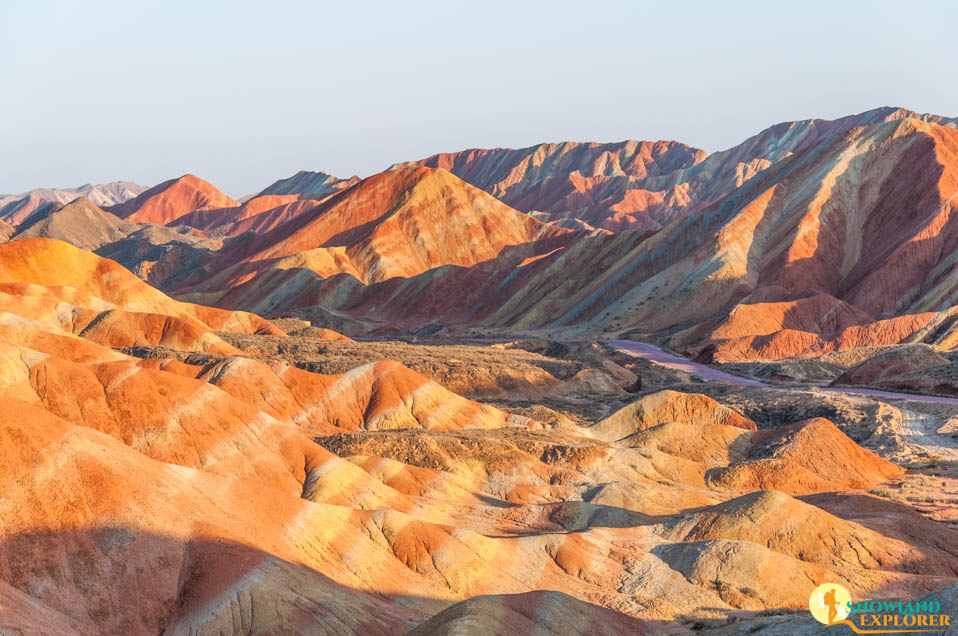
Mati Si Temple is one of the important Buddhist grottoes located along the Hexi Corridor. The grottoes can be divided into the north temple, south temple, thousand buddha cave, golden pagoda temple, upper/middle/lower Avalokitesvara caves, etc. Many of the ancient artworks and sculptures are destroyed or half-ruined. But because of the missing parts of sculpture and arts, it gives you a sense of traveling back into ancient times. Afterward drive back to Zhangye town is which is a 90km. Once we return back to Zhangye, we will visit Giant Reclining Buddha Temple or also called Dafo Si in Chinese. Zhangye Dafo Si Temple consists of few smaller halls in a big courtyard. The main statue in this temple is a 35m long Giant Reclining Buddha which represents Buddha’s Mahaparinirvana. We will spend the night in Zhangye. Our tour ends here. From Zhangye, you can take a high-speed train to Xining or Lanzhou. If you want to take a flight, there is a flight from Zhangye to several major cities including Chengdu, Beijing with a layover, Xi’an.etc.

-
DepartureXining
-
IncludedTibetan English speaking guidePrivate vehicleAccommodationEntrance tickets
-
Not IncludedYour food (lunch and dinner)Plane/train ticketsTravel insurance (recommended to purchase in your home country)Tips for driver and guide
-
Maps
Similar Tours
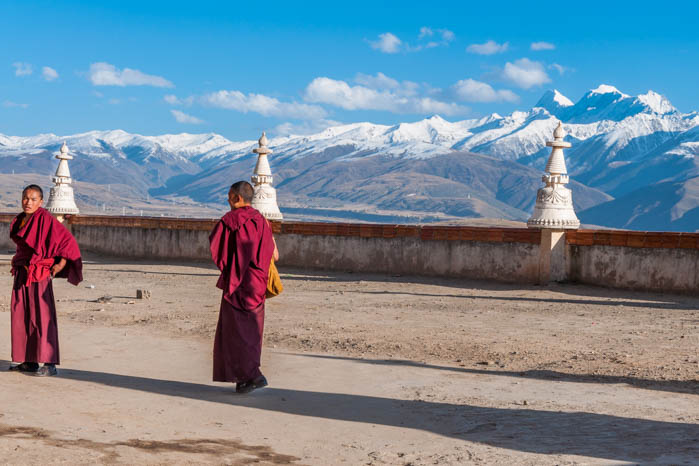
10 days West Sichuan Tour
Kham Tibet, Monasteries, Lakes, Snow Mountains
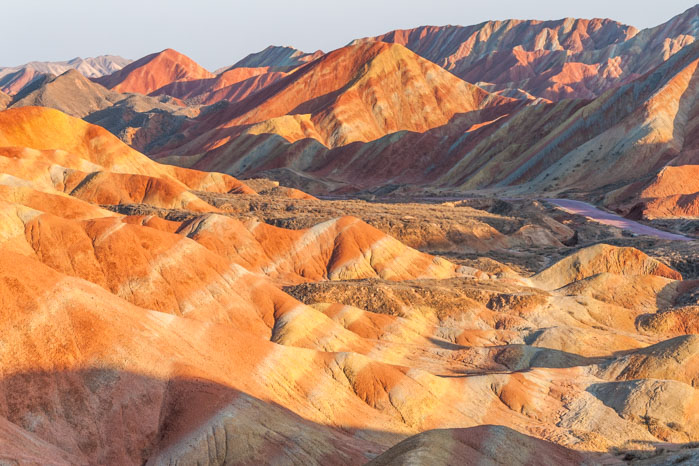
Silk Road & Amdo Tibet Tour
Ancient Trading Route, Tibetan Monasteries, Cave Temples, stunning landscapes
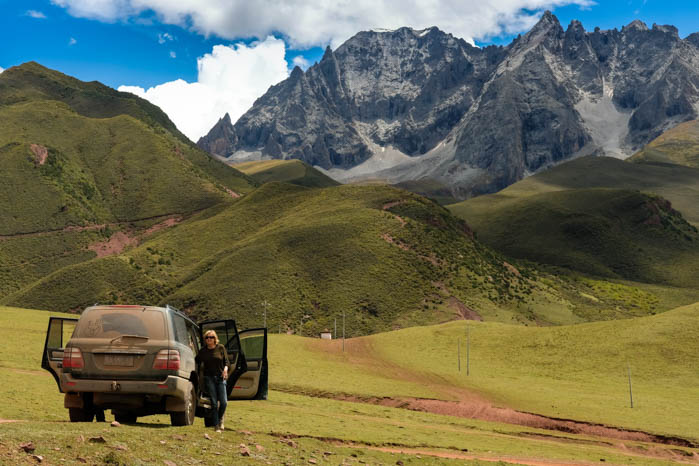
9 Days Chengdu to Yushu Tour
Stunning landscape, traditional culture, Temples
.jpg)
-2.jpg)


.jpg)
.jpg)
.jpg)
.jpg)
.jpg)
.jpg)